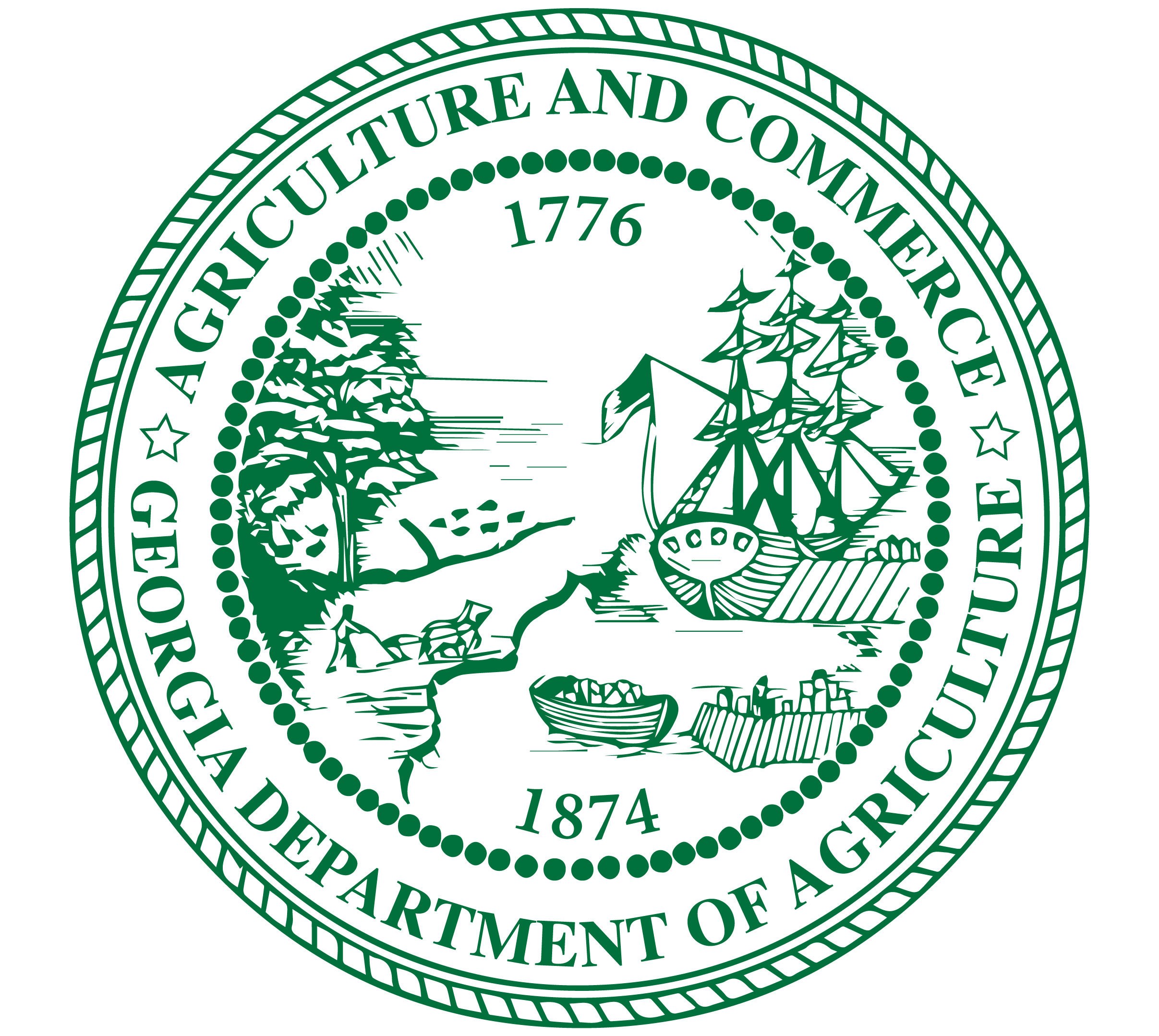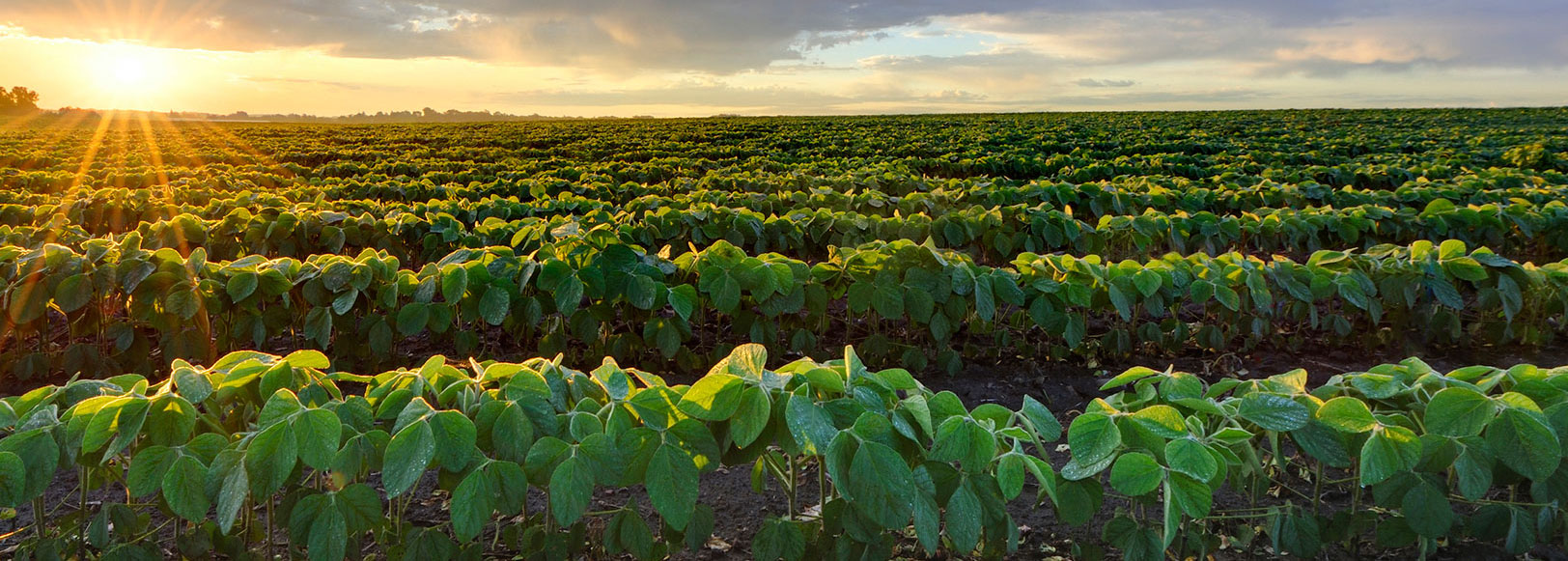On Aug. 3, USDA announced up to $20 million in funding for fiscal year 2023 to help conservation partners nationwide protect and restore critical wetlands through the Wetland Reserve Enhancement Partnership (WREP). USDA’s Natural Resources Conservation Service (NRCS) is prioritizing proposals that support efforts to mitigate climate change by restoring wetlands while also prioritizing assistance to underserved communities. Last year, NRCS funded $11 million in partnerships. Proposals from partners are due Sept. 23.
Restored wetlands help to improve water quality downstream, enhance wildlife habitat, reduce impacts from flooding and provide recreational benefits. The most sought-after lands for the WREP program are referred to as “marginal,” meaning they do not produce to their full capacity due to repeat flooding or standing water. Removing marginal lands from production can provide economic benefits for agricultural landowners while also restoring the wetlands to accomplish their full functions and values.
Through WREP projects, eligible conservation partners protect, restore and enhance high-priority wetlands on agricultural lands. WREP enables effective integration of wetland restoration on working agricultural landscapes, providing meaningful benefits to farmers and ranchers who enroll in the program and to the communities where the wetlands exist.
WREP will continue to prioritize enrollment of historically underserved landowners in its ranking of proposals. This includes proposals that:
• Target places with historically underserved producers;
• Focus outreach to historically underserved producers;
• Provide assistance with application materials and helping resolve heirs’ property and title issues.
Partners target outreach and enrollment priorities supported by NRCS, including places impacted by natural disasters. Eligible partners include Tribes, state and local governments and non-government organizations. WREP partners are required to contribute a financial or technical assistance fund match.
This WREP funding is for fiscal year 2023, which begins on Oct. 1, 2022.
Partners interested in applying should contact their NRCS state office for more information. Proposals are due by Sept. 23, 2022.
Partners looking to learn more about opportunities for WREP funding for fiscal year 2023 who didn’t have a chance to attend the virtual WREP workshop on Aug. 17 should contact Lisa McCauley at lisa.mccauley@usda.gov for information on how to access the recorded webinar.
On Aug. 15, the USDA announced $19.5 billion in new conservation funding to support climate-smart agriculture. This historic funding will bolster the new steps that USDA’s Natural Resources Conservation Service (NRCS) announced to improve opportunities for nutrient management. NRCS will target funding, increasing program flexibilities, launch a new outreach campaign to promote nutrient management’s economic benefits, in addition to expanding partnerships to develop nutrient management plans. This is part of USDA’s broader effort to address future fertilizer availability and cost challenges for U.S. producers.
Through USDA’s conservation programs, America’s farmers and ranchers will have streamlined opportunities to improve their nutrient management planning, which provides conservation benefits while mitigating the impacts of supply chain disruptions and increased input costs.
Specifically, NRCS efforts include:
• Streamlined Nutrient Management Initiative – A streamlined initiative will incentivize nutrient management activities through key conservation programs, including the Environmental Quality Incentives Program (EQIP), EQIP Conservation Incentive Contracts, and the Conservation Stewardship Program.
• Nutrient Management Economic Benefits Outreach Campaign – A new outreach campaign will highlight the economic benefits of nutrient management planning for farmers. The potential net savings to farmers who adopt a nutrient management plan is estimated to be an average of $30 per acre for cropland, according to the NRCS.


